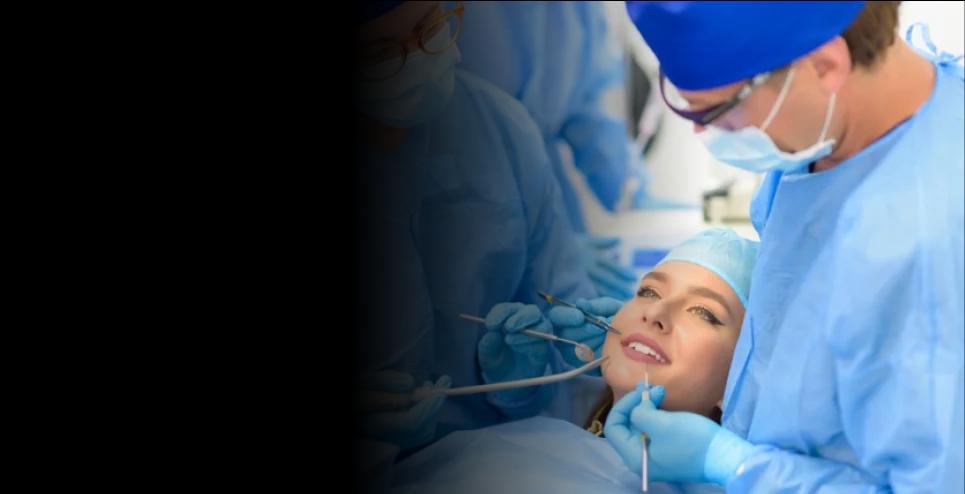4D Respiratory Motion Gating - CT
at Sterling Hospitals

at Sterling Hospitals

How can we help you?
4D Respiratory Motion Gating - CT
4D Respiratory Motion Gating - CT is a specialized imaging technique used in radiation therapy to account for the movement of internal organs, particularly the lungs, due to respiratory motion. It involves acquiring multiple CT images of the chest or abdomen over the course of the respiratory cycle, allowing for precise visualization and tracking of tumour motion during breathing.
When and why do people go for 4D Respiratory Motion Gating - CT?
People undergo 4D Respiratory Motion Gating - CT when they require radiation therapy for tumours located in areas affected by respiratory motion, such as the lungs or upper abdomen. This technique is commonly used to plan and guide radiation treatment for lung cancer, liver cancer, pancreatic cancer, and other tumours that move with breathing. By accurately capturing tumour motion during the respiratory cycle, 4D Respiratory Motion Gating - CT helps radiation oncologists precisely target the tumour while sparing surrounding healthy tissues.
What makes 4D Respiratory Motion Gating - CT different from other treatment options?
4D Respiratory Motion Gating - CT offers several advantages over traditional imaging techniques and treatment options. Unlike conventional CT imaging, which captures static images of the chest or abdomen, 4D Respiratory Motion Gating - CT acquires multiple images over the respiratory cycle, allowing for dynamic visualization of tumour motion. This enables radiation oncologists to accurately assess tumour position and movement, ensuring that radiation treatment is delivered only when the tumour is in the optimal position. By incorporating real-time motion information into treatment planning, 4D Respiratory Motion Gating - CT improves the precision and accuracy of radiation therapy, leading to better treatment outcomes and reduced risk of side effects.
How does life change after 4D Respiratory Motion Gating - CT?
Life after 4D Respiratory Motion Gating - CT can vary depending on the individual's overall health, the location and size of the treated tumour, and the response to treatment. Following this advanced imaging technique, many individuals undergo radiation therapy with improved accuracy and precision, leading to better tumour control and symptom relief. Overall, 4D Respiratory Motion Gating - CT plays a crucial role in guiding radiation therapy for tumours affected by respiratory motion, offering hope and improved outcomes for individuals facing cancer or other challenging diagnoses.